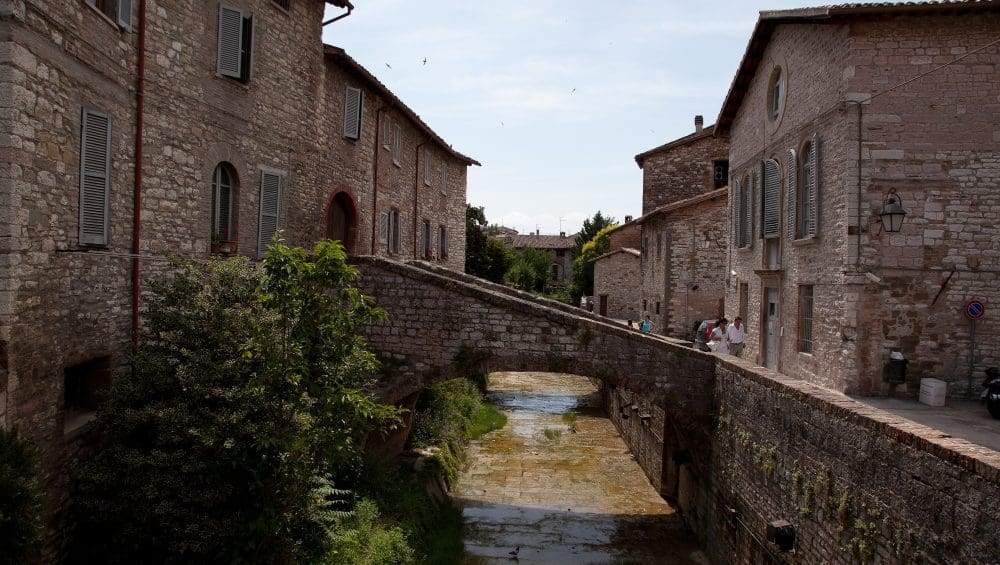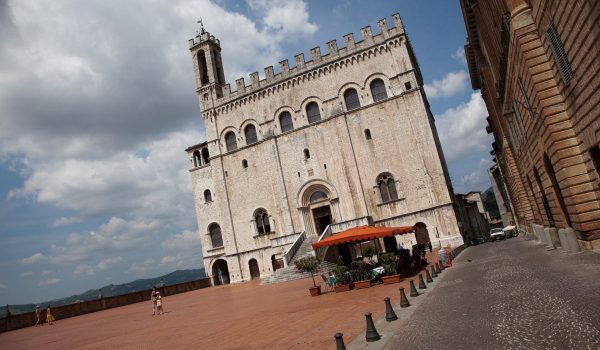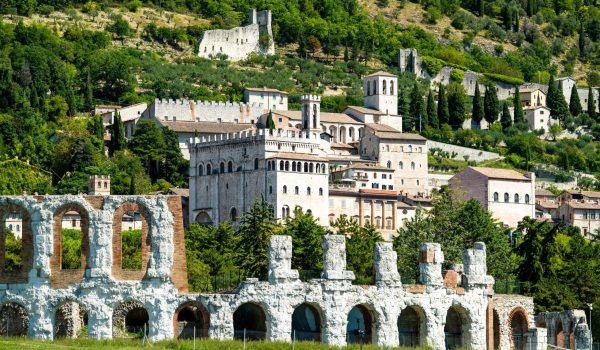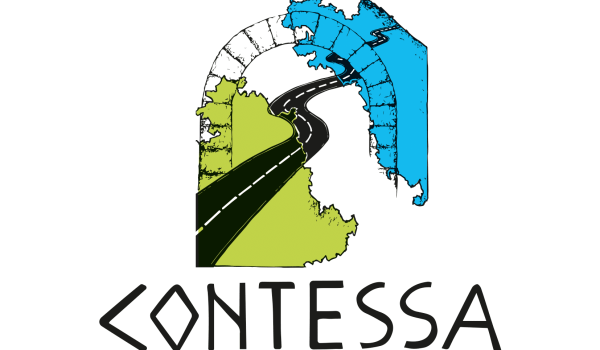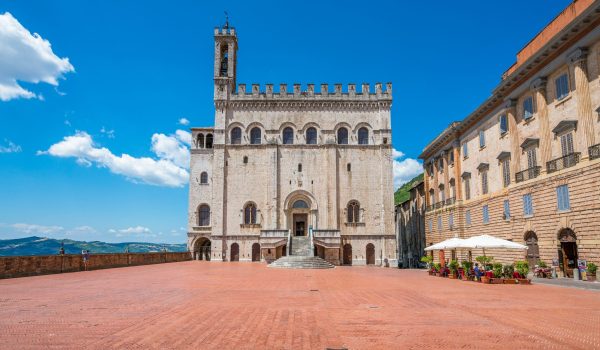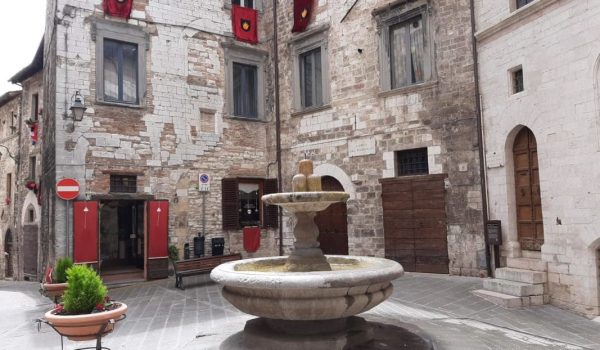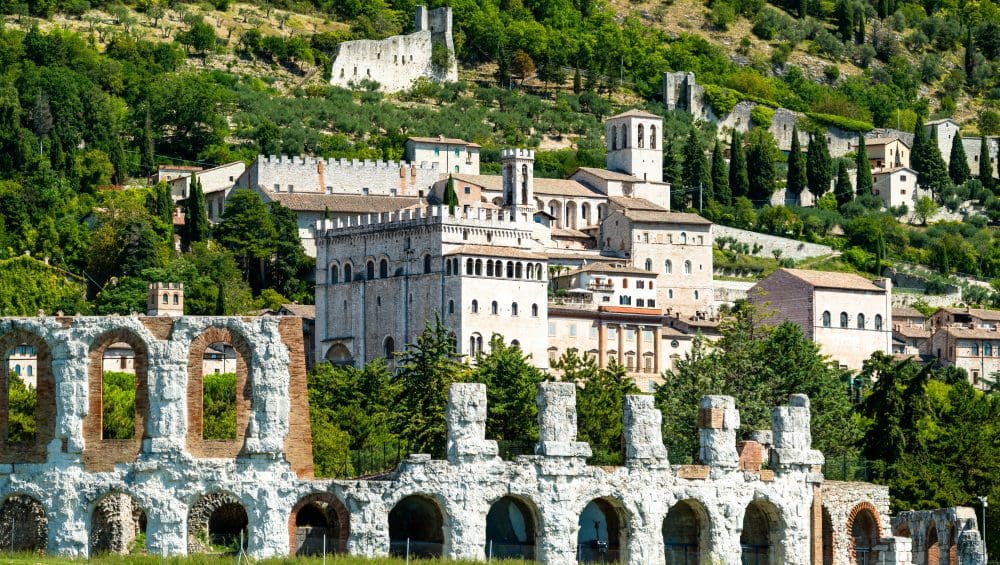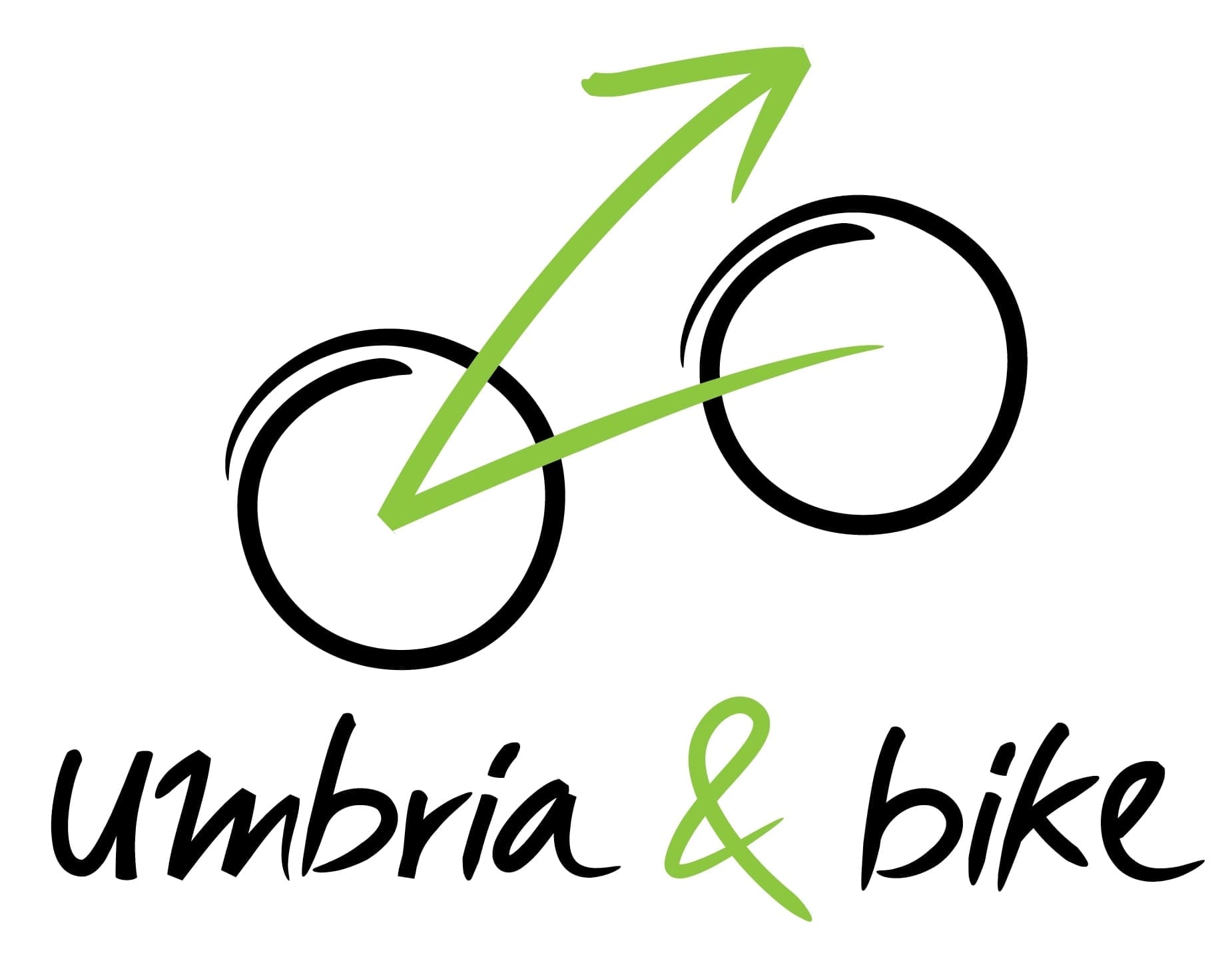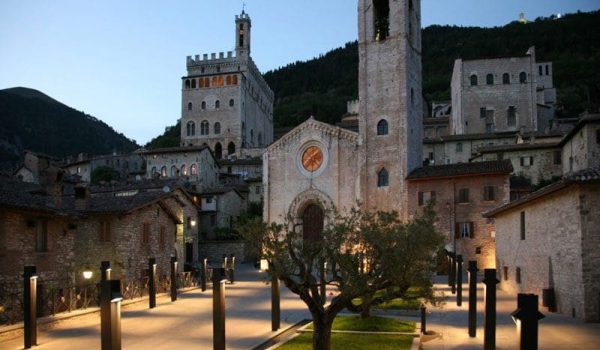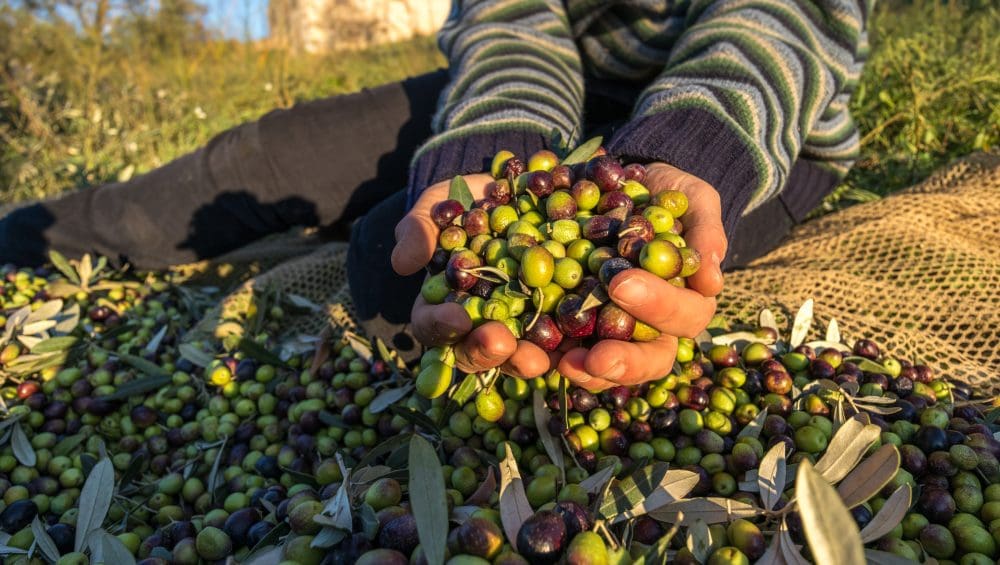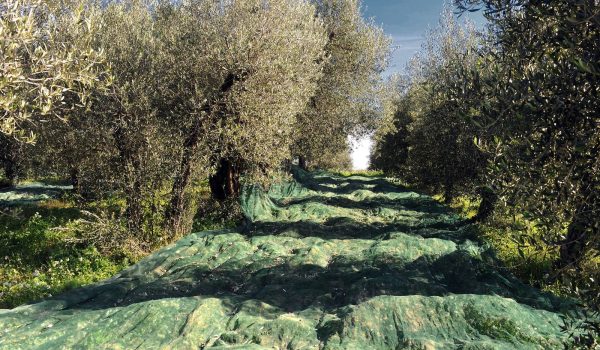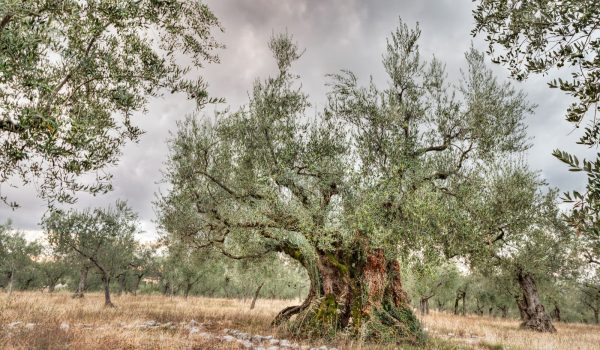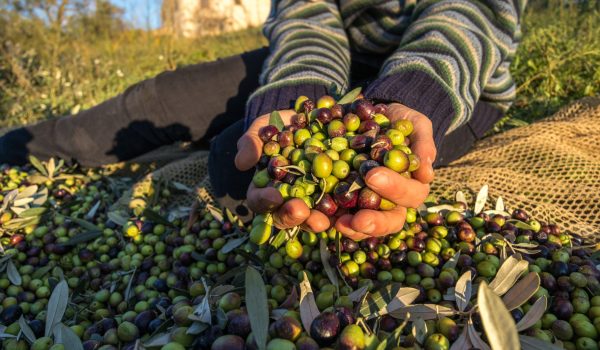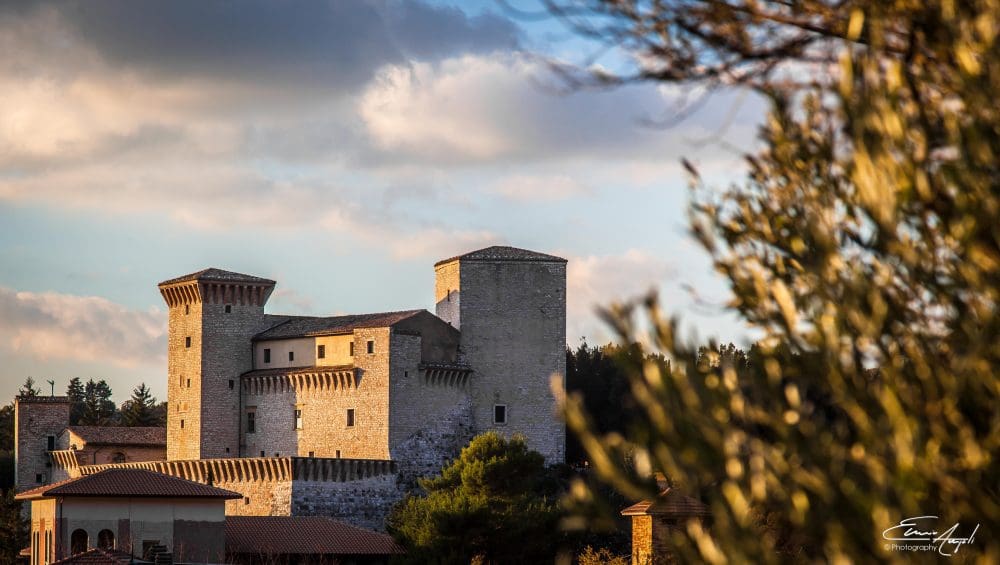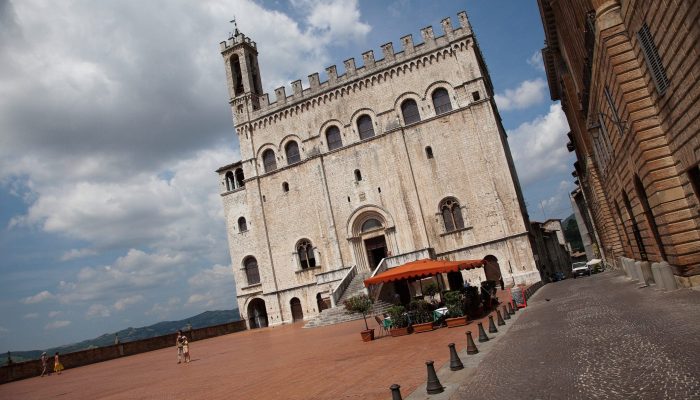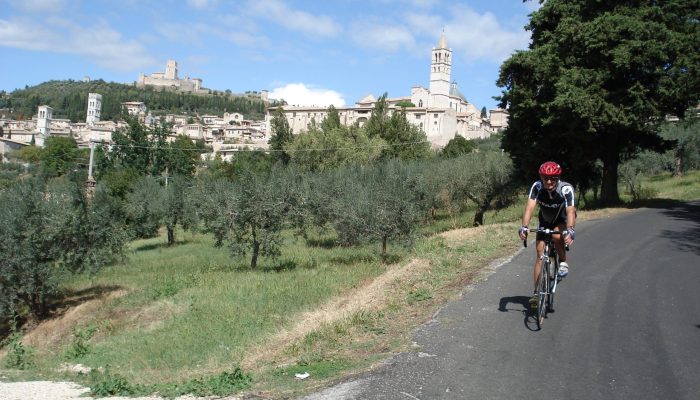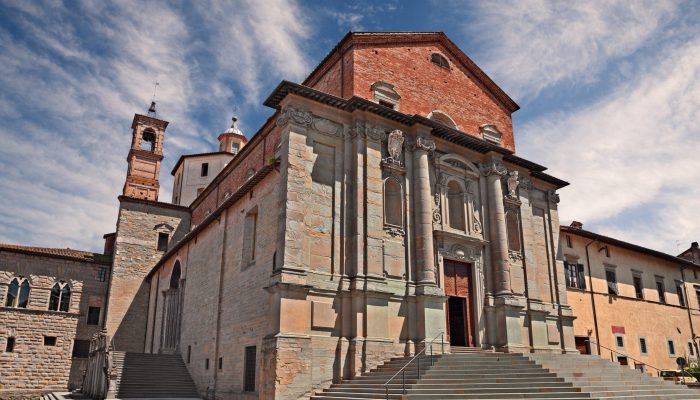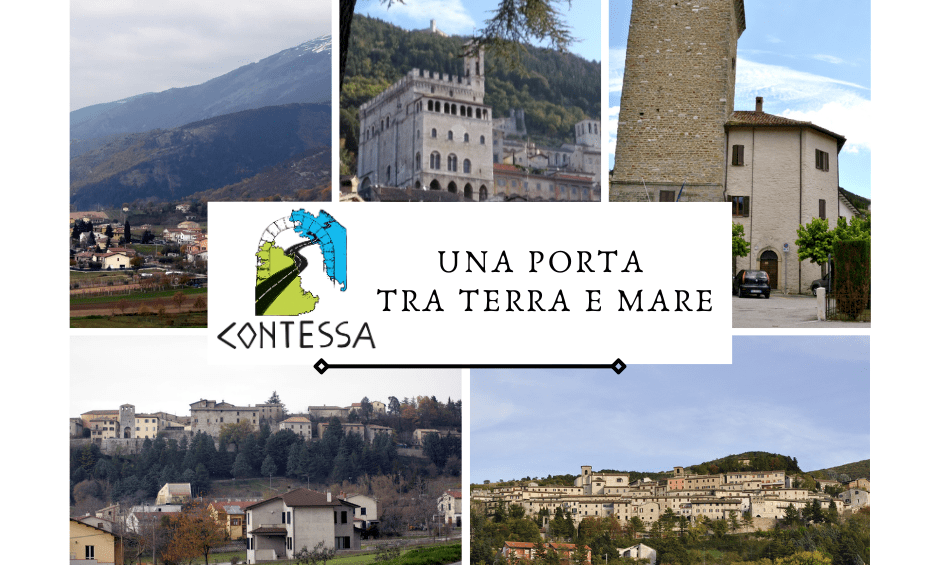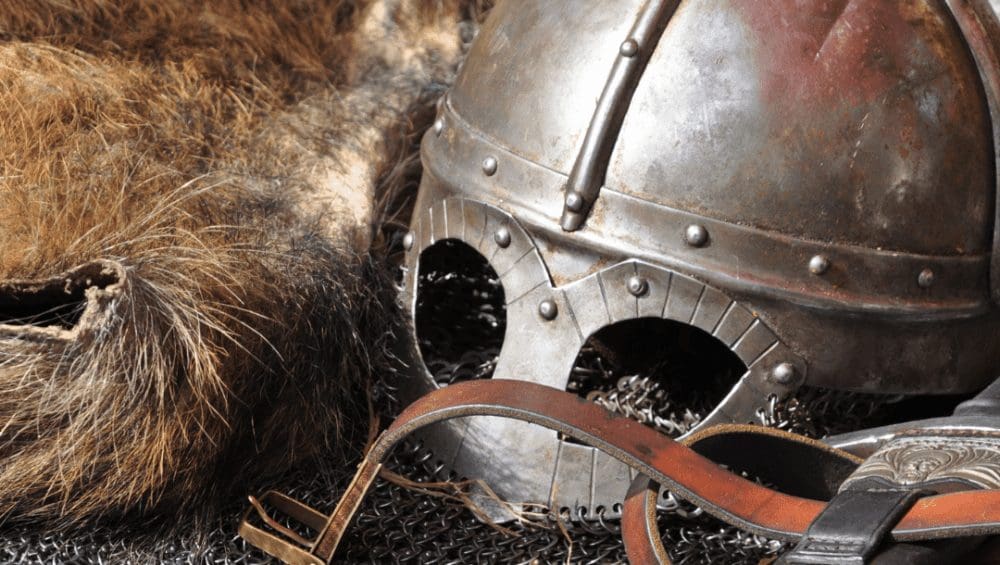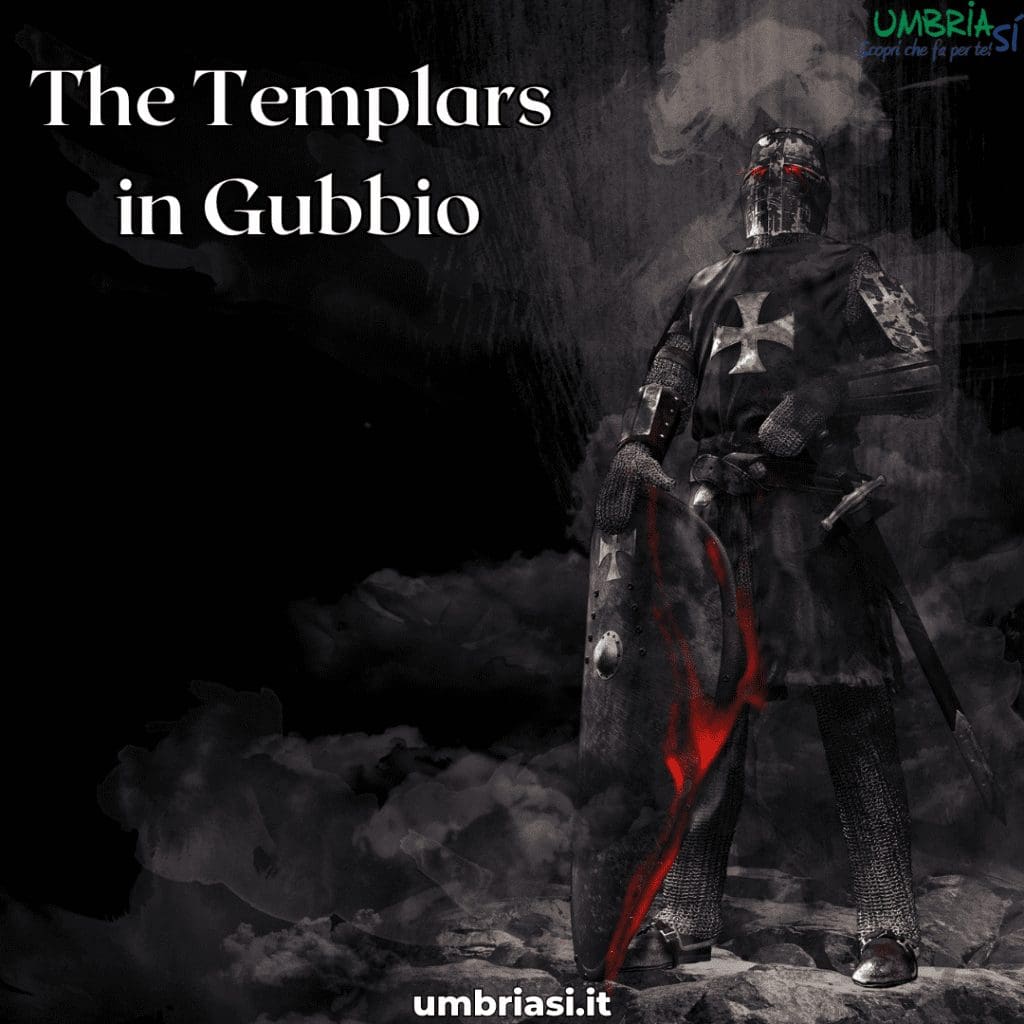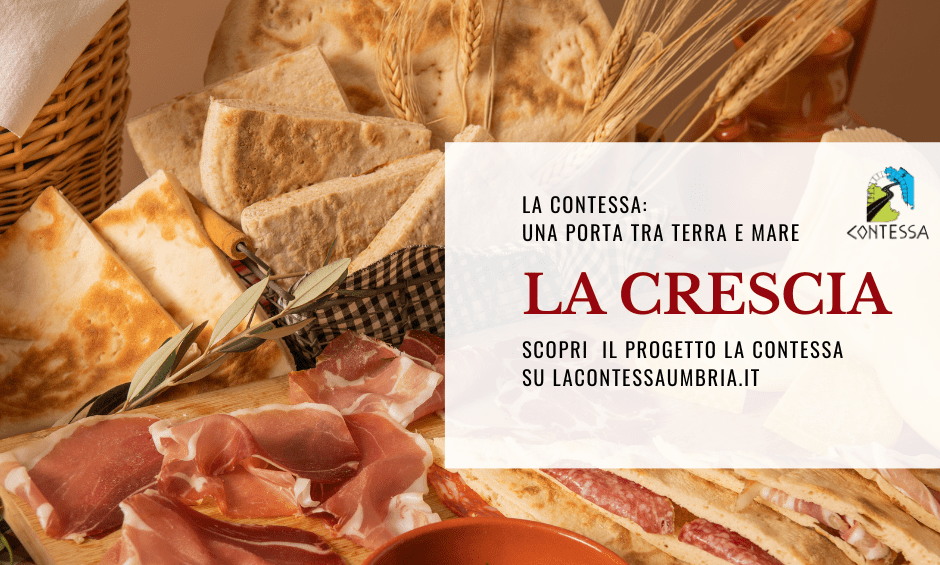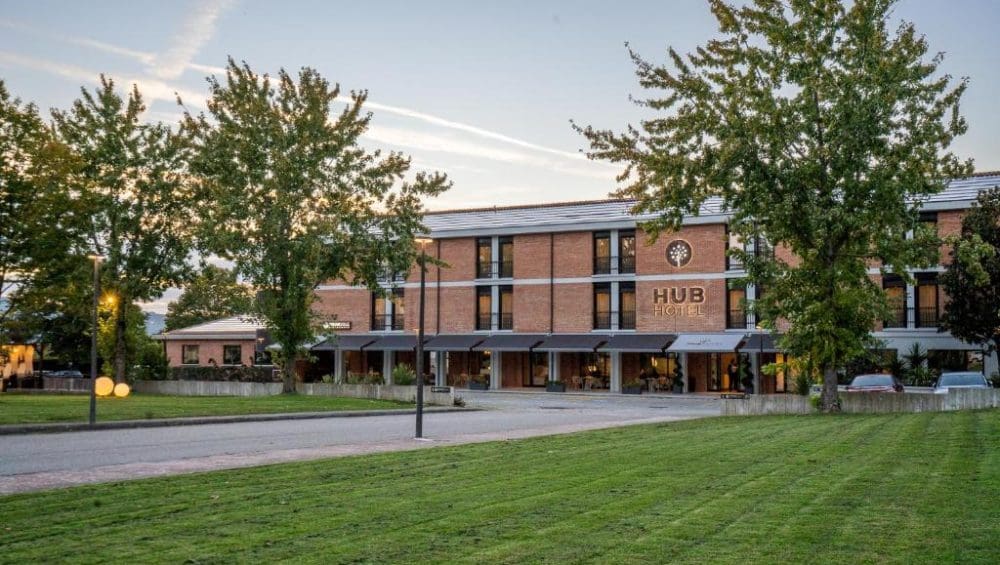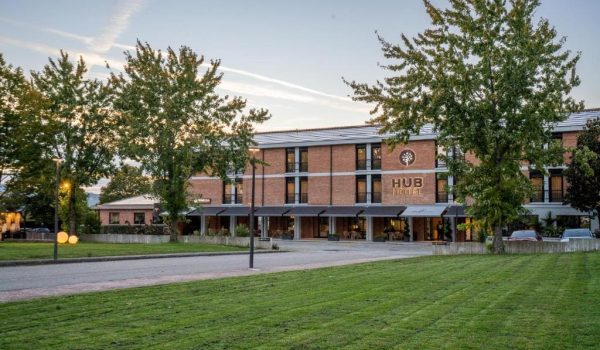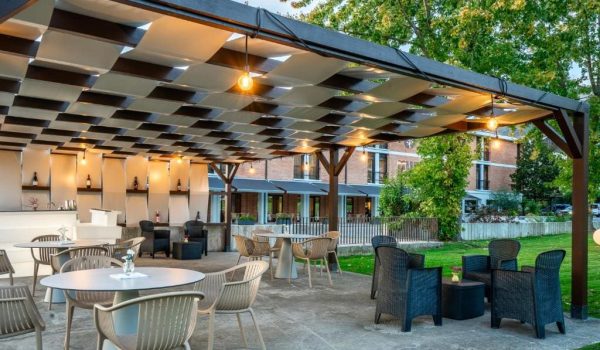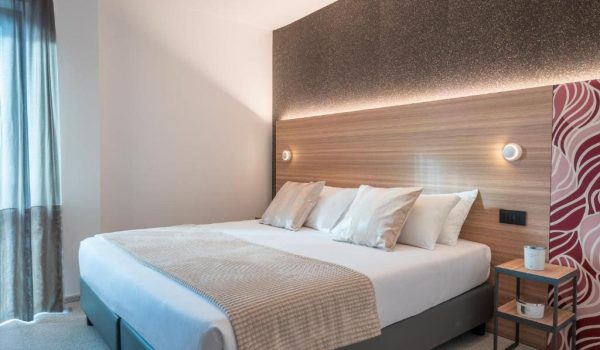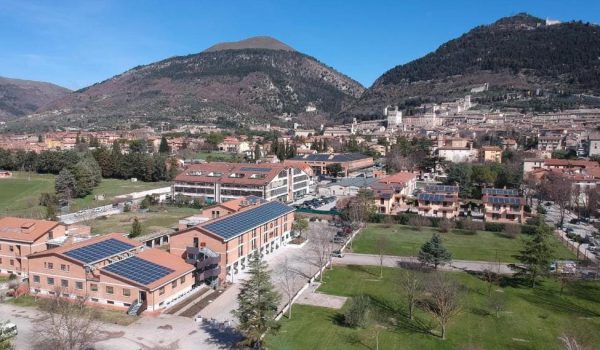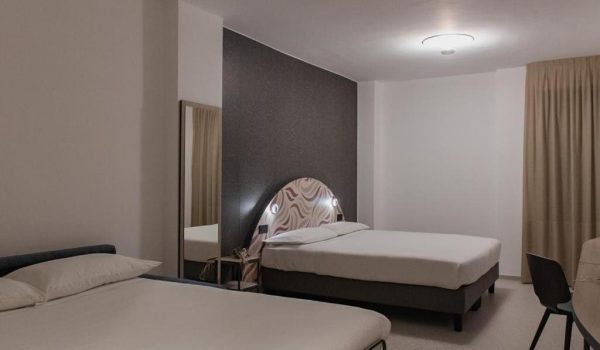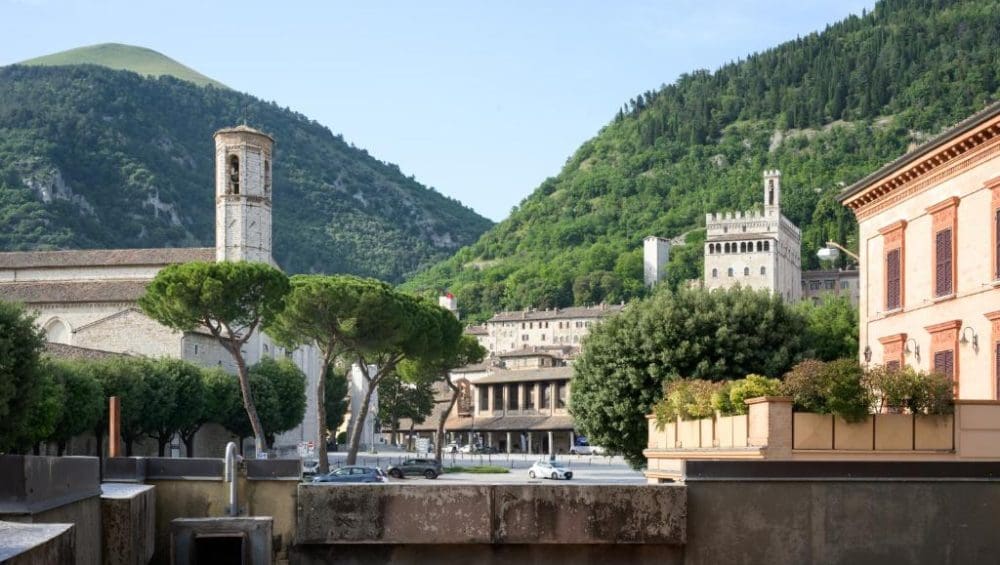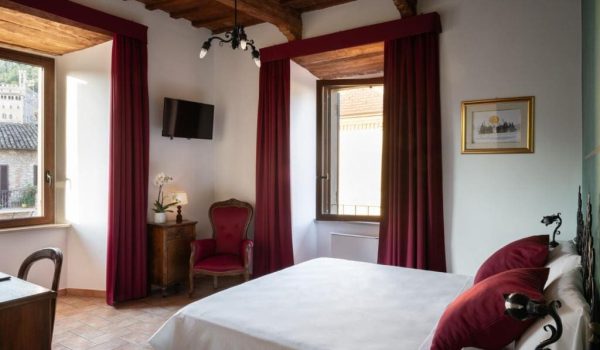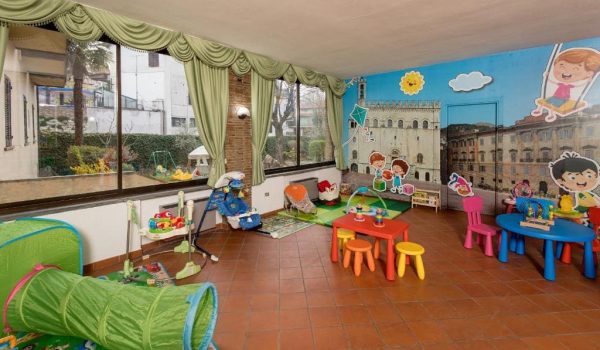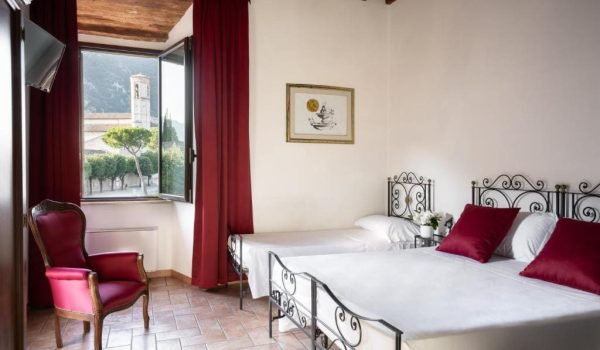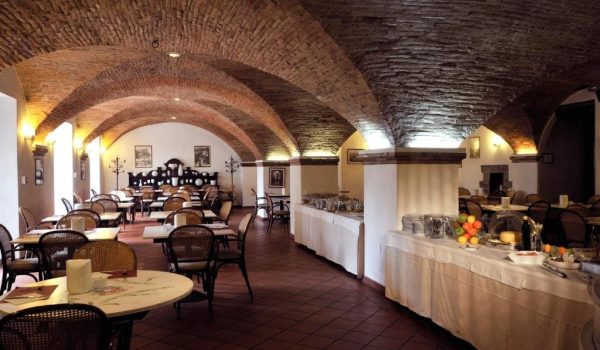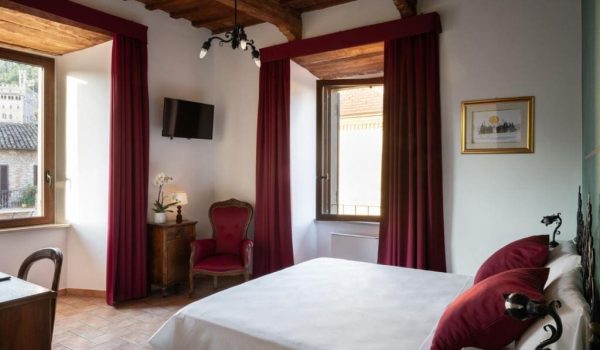In the footsteps of the Templars
In the footsteps of the Templars
Starting from Euro 149.00 per person
Day 1 – GUBBIO
Arrival and accommodation in Gubbio.
Gubbio is not only one of the most beautiful medieval cities in Umbria, also known by the Roman name of Iguvium, rich in history, monuments and architectural works, but with its strategic position and its historical importance, it became an important center for the Templars in Italy: a crucial crossroads for travelers and pilgrims heading to Rome with a key role in the network of Templar settlements.
A tour with the Gubbio Express, a rubber-tyred train with audio-video guide will be your Cicerone to discover the history of the city, the Palazzo dei Consoli, the Palazzo Pretorio and all the wonders of the city’s urban planning.
Free lunch.
History tells that the Inquisition trial of the Templars was inaugurated in Gubbio, in the palace of the Church of Santa Croce della Foce.
Free dinner and overnight stay in Gubbio.
2nd day – GUBBIO – COSTACCIARO
After breakfast, you will go up with the suggestive cable car that takes you to the top at 850 meters of Monte Ingino where the Basilica of Sant’Ubaldo stands in which the remains of the saint, Patron Saint of Gubbio, are preserved in a bronze urn. The Basilica is also the centre of the fascination of the Corsa dei Ceri, which is kept here and which sees it as the finishing line, and which is celebrated every year on 15 May in honour of Sant’Ubaldo.
Once you have descended Mount Ingino, you cannot miss a visit to the remains of the ancient Roman theatre, dating back to 20 BC, and to the finds in the Antiquarium to discover the customs and traditions of Roman Gubbio.
Free lunch
In the afternoon we move towards Costacciaro, where there is not only the access point to the Monte Cucco Regional Park, characterized by the strong presence of the Order of the Temple, in the settlement of Sigillo ci with very rich testimonies of stones marked with the Templar Cross, but also the Church of San Francesco, another testimony of the passage of the Templars.
Free dinner and overnight stay in Gubbio.
Day 3 – VALFABBRICA
Before leaving Gubbio and Umbria, we suggest a stop at the Templar Castle of Casa Castalda in Valfabbrica rich in testimonies of the Knights Templar from the 12th to the 14th century, under the symbol of the cross pattée of the Militia Templi, identifying the Order of the Knights of the Time of Jerusalem.
Our best offer is starting from € 149.00 per person
The rate is per person and includes:
- 2 nights of accommodation with breakfast in a double or twin room
- Ticket for a tourist tour with Gubbio Express
- Ticket for the cable car
- Europ Assistance Travel Insurance
The rate does not include:
- Extras, tips and offers
- Museum entrance fees
- Means of transport
- City tax where introduced by the relevant Municipality
- Anything not expressly indicated in the “the rate includes” section


